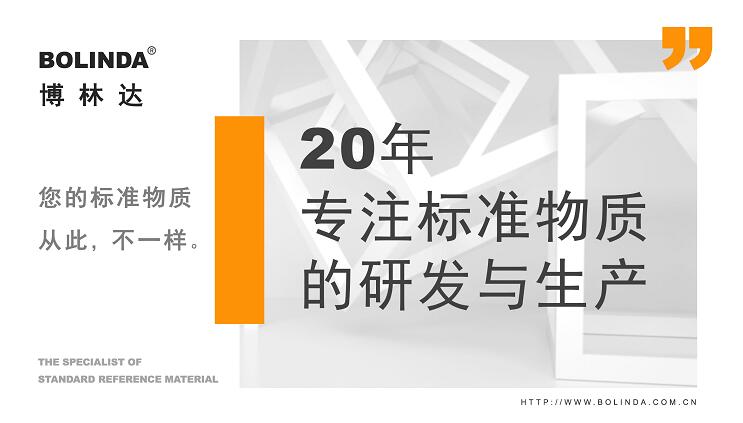2020-03-11 14:16:43
Is the standard solution a solution? In general, it can be understood in this way, but the solution mainly refers to a mixture of a variety of or at least two substances, and the standard solution is a reagent solution with an accurate known concentration, the standard solution is expressed by the concentration of the substance, the symbol is c(B), the unit is mol·L-1, meaning that the amount of the substance contained in the solution per liter of titrant B as the basic unit (mol). So what are the categories of standard solutions? The following is a small edition of Bolinda to introduce you.
Classification of standard solutions:
1. Standard titration solution:
The standard solution for titration analysis is mainly used to determine the main component or major component in the sample, and there are two preparation methods:
One is directly prepared with primary or secondary standard substances (also known as "reference reagents");
The second is to use the reagent of the above specifications to prepare a solution close to the required concentration, and then use the standard material to determine (called "calibration").

GB601-88 "Preparation of standard solution for titration analysis" is the standard method in China. The standard titration solution is expressed by the molar concentration of the substance, the symbol is c(B), the unit is mol·L-1, meaning that the amount of the substance (mol) contained in the solution per liter of titrant B as the basic unit. For example, the standard titration solution concentration of a sulfuric acid is c(1/2H2SO4)=0.1000mol·L-1, or c(1/5KMnO4)=0.1021mol·L-1.
2. Standard solution for impurity determination:
Standard solution for impurity determination is also known as standard solution for instrument analysis, GB602-88 "Preparation of standard solution for impurity determination" gives 83 preparation methods for impurity standard solution. The amount of elements, ions, compounds, or groups contained in the solution, expressed in milligrams per milliliter. Most of the standard solution concentrations specified in this standard are 0.1mg·mL-1, a few are 1mg·mL-1, and only one is 10mg·mL-1. Under the specified concentration, the solution is relatively stable and can be called a reserve liquid, and when a lower concentration is needed, it can be diluted as required to make a standard series solution.
3. Standard solution for pH measurement:
When measuring the acidity of a solution with a pH meter, the pH meter must first be calibrated with a pH standard solution.
The above content is the introduction of the classification of standard solution, some solution purity can not reach or easy to absorb water, can only roughly weigh or measure a certain amount of substance or solution, prepared into a solution close to the required concentration. Since their exact concentration is unknown, their exact concentration must be determined with a reference substance or a standard titration solution of another substance.





